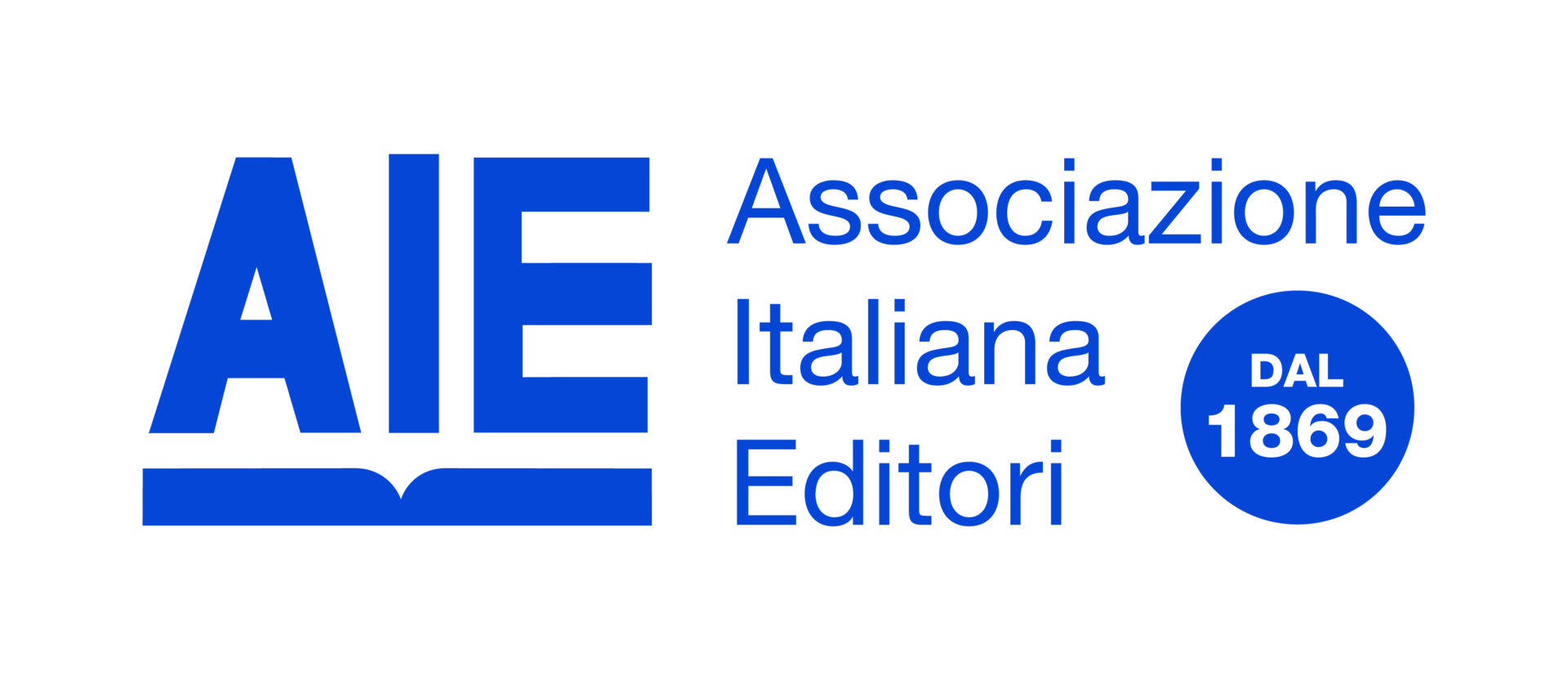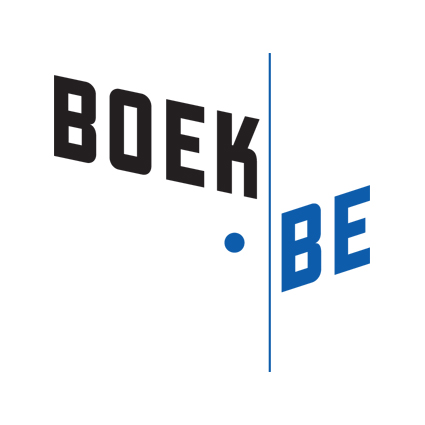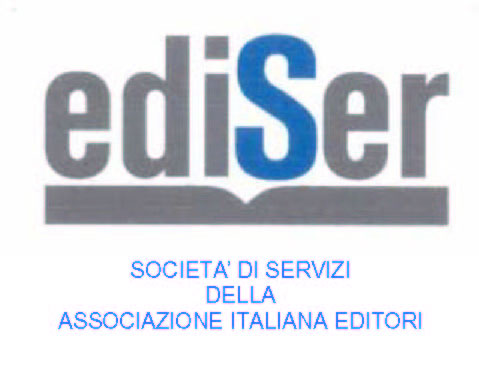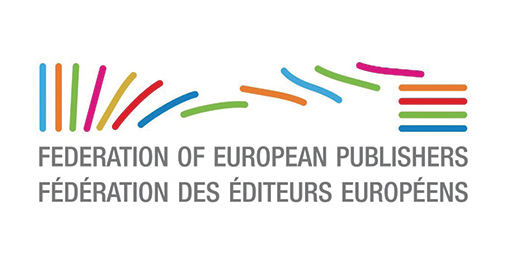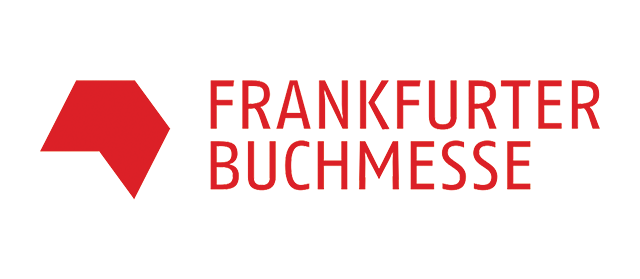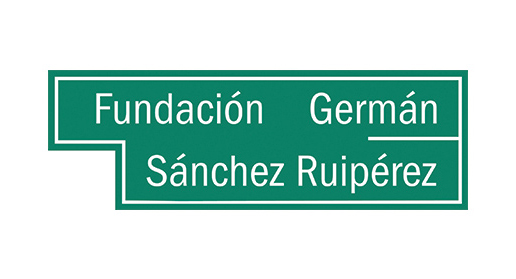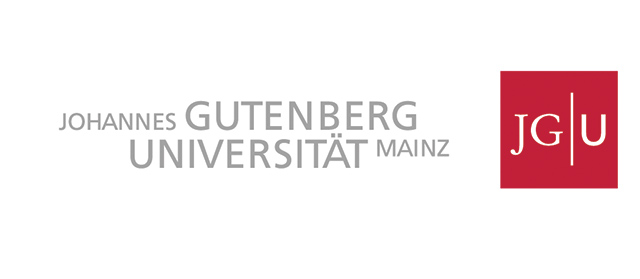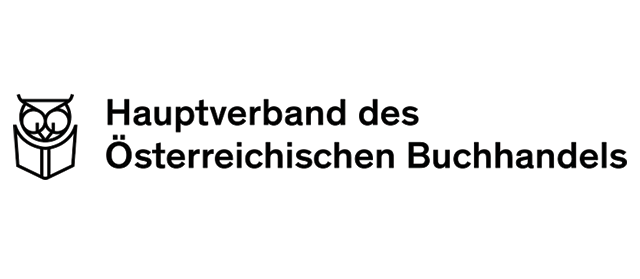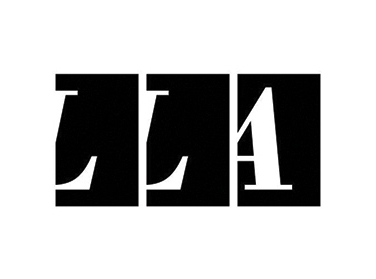The new digital format adopted this year by the conference by the Umberto e Elisabetta Mauri School for Booksellers did nothing to affect the quality of the contributions and debate that took place on Friday 29 January. The status of books in Europe was this year’s theme. Publishers and booksellers from Italy and other countries delivered anecdotes, data and reflections from the year of the pandemic, providing a snapshot of 2020 and what it will be remembered for, and speculating on the future of their respective publishing industries.
The Italian figures, presented by the AIE president, Ricardo Franco Levi, revealed – as we have already reported – a positive end to the year: an increase of +0.3 in sales of physical books, rising to +2.4% when trade publishing across print and digital is viewed overall. The numbers are reassuring, but conceal – as Levi emphasises – a scenario that is, as one would expect, more complex. From the growth of online (from 27% in 2019 to 43% in 2020) to sales of digital formats (e-books up +37%, audiobooks up +94%); from chain and larger bookshops struggling to the particularly marked crisis in certain segments (for example in tourist and art publishing or professional legal publishing); from the reduction in piracy (as a result of printing shops closing), which benefited the university sector to the challenges of remote learning for the school segment: the issues thrown up by the pandemic are numerous and of a diverse nature.
“A mixed 2020” was the AIE president’s summary. He identified three positives: publishers and booksellers’ ability to react and reorganise, the cooperation between industry organisations protecting the book supply chain and the effectiveness of the support measures implemented by the Italian government and parliament. As for the negatives, in addition to the issues outlined above, Levi repeated that online sales are concentrated in a single player. He also highlighted the impact the limited renewal of textbook choices has had on school publishing, and of course, the cancelling of fairs, festivals and shows – and their uncertain future.
These trends were confirmed by professionals in the sector. Alberto Rivolta, chief operating officer at Feltrinelli Group, was explicit about how large outlets and shops that would be classed as strategic – those in large city centres, stations, airports and areas with high footfall – have suffered. At the same time, he noted, the chain’s minor outlets in smaller towns or more suburban areas “performed more positively”. In a national context in which e-commerce almost doubled in 2020 (“but where we still have a five-year gap to make up compared to other European countries,” as Rivolta noted) Feltrinelli’s strategy is necessarily based on an omnichannel approach and an individual focus on channels in relation to readers’ demands and perceived benefits. But a strong focus on bookshops remains: proof of this came when the famous Feltrinelli in Piazza Piemonte in Milan was opened in November Display innovations, experiential touches and significant links to the newly launched Feltrinelli Education project marked the reopening to the public of the bookshop designed in the early 2000s by Miguel Sal. There was also an interesting new twist: the partnership with il Libraccio, in the form of a corner dedicated to used books. “Because this could also be part of broadening our offering to the reader.”
Publishers discussed their vision of the future during the roundtable entitled “Solid as a rock. Books in the time of pandemic.” Stefano Mauri, president and chief executive of GeMS and vice-president of Messaggerie focused particularly on the dynamics that arose in the year of the pandemic: on one hand the decrease in takings from bookshops; on the other, readers embracing books once again, above all in the second half of the year. While the reduced volume of books sold in 2020 can be traced back to halting new releases in the spring, Mauri observed, the lack of new releases also pushed bookshops to extract more value out of titles already released, contributing to an increased life cycle. Meanwhile, when it was finally possible to do so, “readers spent more on books” and, in the absence of fairs, festivals and book events, they enthusiastically turned to reading as “quality time”.
Siv Bublitz, of German publisher S. Fischer Verlag, also reflected on books’ life cycles and on measures to boost their longevity. In a national physical book market that ended 2020 down -2.3% (but which hit -20% during the first lockdown, recalls Bublitz), in the spring S. Fischer Verlag decided to postpone the release of 60 titles until 2021. Bublitz emphasised that this allowed the publisher to concentrate on promoting its catalogue during the pandemic: “And this was appreciated by booksellers.” More generally, the move came in the context of reducing the publisher’s production activity – a strategy that was introduced two years ago, when it dropped its new releases from 500 to 300, with the goal of working harder on each title published. “In Germany, around 70,000 books are published each year. 200 fewer makes no difference. But for the author of that single title, who has perhaps spent years on it, there’s a huge difference.”
As we’ve observed more than once, the pandemic has not only accelerated e-commerce take up, but also driven the spread of digital formats. In Italy, figures from the AIE Research Office suggest that digital reading and audio account for more than 7.4% of the trade segment: a phenomenon also identifiable – albeit with different volumes and prospects – in other European countries. Spain, for example – which ended the year with physical books +1% up – registered +3% overall growth. “At the end of 2019, 75% of books sold in Spain were physical books sold in bookshops. 20% were physical books sold via e-commerce and the remaining 5% were digital books,” said Jesús Badenes of Grupo Planeta. “By the end of 2020 that 75% had become 64%, e-commerce had jumped to 40% and digital had grown by 50%.” In e-commerce performance and, more generally, in the development of digital touchpoints with readers (such as social media activities and events which have mitigated the lack of physical alternatives), Badenes identified several factors that have boosted the book market’s resilience, and which “are here to stay”. In particular, he highlighted the difference in performance between Spain and Portugal, which has an underdeveloped e-commerce offering and closed the year down -19%.
Arnaud Nourry of Hachette Livre, meanwhile, was more skeptical about how far “digital habits” would persist post-Covid: the French, he observed, love books and bookshops and fought for the right to return to them, something “they didn’t do for hairdressers or stadiums”. E-commerce – less established as a national habit compared to the US or the UK – was certainly a useful resource during the lockdown, but “within two to three years I expect things to return to how they were previously”, that is, to pre-pandemic levels of digital consumption and acquisition. Moreover, the physical book market in France in 2020 closed at a moderate -2%. In the context of this result, which Nourry defined as “not bad,” Hachette Livre also remained broadly stable.
Finally, the message coming from bookshop chains operating in Europe – in conversation during a roundtable entitled “Bookshops as an essential asset: scenarios and perspectives for the future” – was broadly the same and shaped by two elements: the omnichannel approach to reach customers and the importance of the physical bookshop. This was underlined by Michael Busch, of German bookshop chain Thalia, when he stated he wanted to even up the performance of the company’s three assets – physical stores, e-commerce and digital – in the near future. Ewa Szmidt-Belcarz, of Polish chain Empik (Poland ended the year down -2%), echoed this and added that “the future of publishing is in the innovation of the creative ecosystem,” so it becomes increasingly democratic and less linear. James Daunt (Waterstones and Barnes & Noble) agreed but did not underestimate the importance of e-commerce – pandemic or not. He sees bookshops as a location for everything that feeds the mind – “educational games, puzzles…but no more perfumed candles!” – and booksellers and bookshops as a profession in which continued investment in training is needed.
This article was originally published in the digital edition of the Giornale della libreria.
 By
By 



